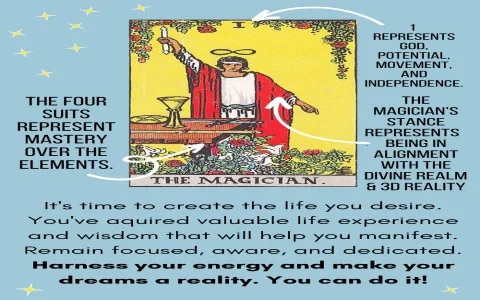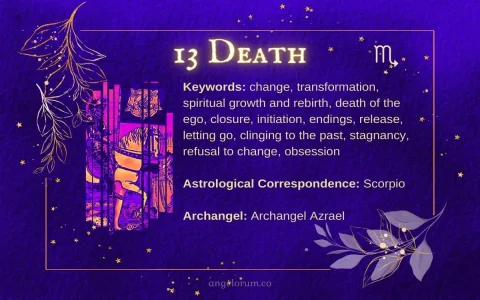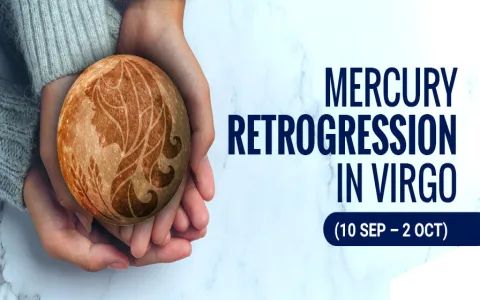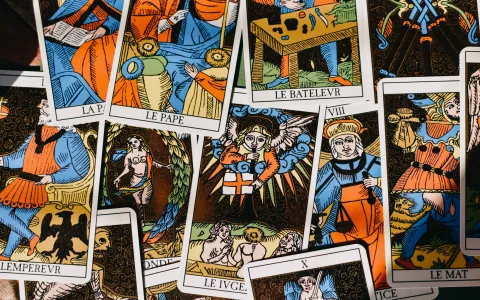Cracking Open The Raven’s Prophecy Deck
Okay, so I finally got my hands on this Raven’s Prophecy deck. You see all the slick photos online, but actually holding it? That’s different. I ripped open the cellophane right away. The first thing I always do is feel the stock. It’s thick, sturdy. Not that flimsy glossy stuff that bends after three shuffles. I spent a good hour just handling and observing the artwork. Man, the ravens on these things look intense. They practically stare holes right through you. I wanted to use this deck immediately for a practical, real-life problem—none of that theoretical fluff. I needed a clear answer on a complicated situation at work that’s been grinding my gears for weeks.
The Crucial First Steps: Clearing the Energy and Shuffling
Look, I’m not some airy-fairy guru, but you gotta respect the process. You can’t just dive in. I always grounded myself first, just five minutes of quiet, trying to flush out the day’s garbage. I physically wiped the table down and made sure the space was clean. Then came the big job: the shuffle. These cards are new, they were stiff as boards. I spent a solid ten minutes breaking them in, trying different cuts, overhand shuffles, the works. I was aiming for that sweet spot where they start whispering their own story, not just fighting my hands.
Once they felt right—you know, when they start flying out of your hands a bit—I focused hard on my question. It wasn’t world-ending. It was practical: “What is the immediate next step I need to take to fix this lingering work drama and move past it?”
Laying Down the Spread: The Three-Card Beginner Path
I decided to keep it simple because diving into a twelve-card Celtic Cross spread with a new deck is asking for serious confusion and analysis paralysis. I chose a basic spread I call the ‘Action Triangle,’ but it’s really just three cards that map a path:
- Position 1: The Situation (The core reality right now)
- Position 2: The Obstacle (What is actively blocking movement)
- Position 3: The Resolution/Action (The concrete step needed)
I cut the deck three times, stacked them back into one pile, and then pulled the top card for Position 1. Then the next, and the next. I laid them out, face down, left to right, like you’re supposed to. That moment, flipping them over—that’s where the real work started. You gotta stop thinking and just look at the images.
Decoding the Chaos: Position by Position Breakdown
This is where it gets messy. You have to shut off the logical brain and just receive what the image is screaming at you. Here’s exactly what I pulled and how I immediately processed it:
Position 1: The Situation – The Hierophant Reversed
Ouch. Reversed Hierophant? Immediately I felt the resistance. This wasn’t about conventional wisdom or established rules. This confirmed the drama: I was stuck in a rut because I was trying too hard to play by someone else’s outdated rules or follow the ‘proper’ procedure that wasn’t working. It demanded a deviation from the norm. No more checking the rulebook. My gut told me: “This structure is failing you.” I jotted down “Go Rogue” in my practice journal.
Position 2: The Obstacle – Five of Swords
Five of Swords is rough, man. It’s usually about winning the battle but losing the war, or just straight-up bitterness. The raven looked smug, standing over the scattered swords. This solidified the problem: the obstacle wasn’t the situation itself; it was my own refusal to let go of the need to be ‘right.’ I realized I was clinging to a hollow victory against a coworker that didn’t matter in the grand scheme. The card was telling me: You think you won, but look around, you just made enemies and wasted time.
Position 3: The Action – The Star
Thank god for The Star. After all that conflict, this card was a massive relief. It’s pure hope, inspiration, and renewal. It didn’t give me a step-by-step plan, but it painted the trajectory. The action isn’t about fighting or conforming (like the first two cards implied); the action is about stepping back, trusting the flow, and restoring faith in the bigger picture. I interpreted this as a massive sign to ignore the minor conflicts and refocus completely on my main creative goals. Stop obsessing over the small fight and look up at the stars. The practical action is emotional and spiritual detachment.
The Final Synthesis: Pulling It All Together
The whole reading, once I put the three pieces side-by-side, unlocked the solution instantly. I am stuck in an outdated, rigid mindset (Hierophant Rev.) because I am prioritizing being right and carrying resentment (Five of Swords), so the immediate action is to detach, stop fighting, and trust the future/refocus on my highest self (The Star). I spent the last twenty minutes of the session writing down actionable steps based on that final card—things like muting notifications from specific people and dedicating that energy to my passion project instead. I literally put the deck back in its box feeling lighter, like someone had just given me permission to quit caring about office politics. This deck, the Raven’s Prophecy, it doesn’t pull punches, which I appreciate. If you’re a beginner, start simple, but don’t be afraid to let the cards punch you in the face. It’s the fastest way to learn how to read the spread.






